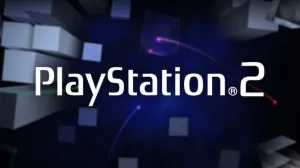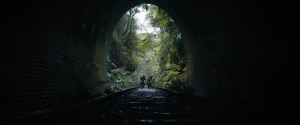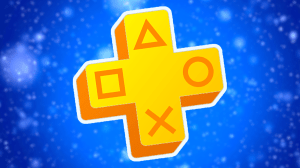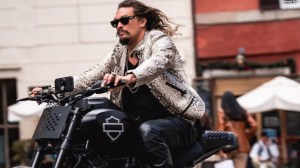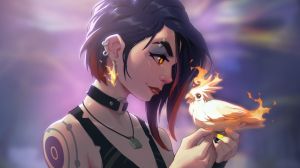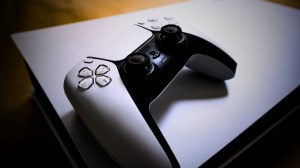Manga is a visual medium, and as such, the importance of the art cannot be overstated, and it always decides whether a story is good or not. Like all artistic media, there is not a single way to approach manga, and many creators have revolutionised the manga world with new techniques, art styles, and more. From hyper-realistic works like Innocent to minimalist manga such as Paradise Kiss, or even a mixture of both like Hunter x Hunter, the medium offers an incredibly diverse range of artworks that is sure to leave readers spoiled for choice if they decide to venture into unknown territories and give bold manga a chance.
Videos by ComicBook.com
While subjectivity is paramount in deciding what defines a manga’s art as “good”, some of the most praised art in the medium has aspects they share. A manga’s unique flair is important, as well as how well the artist creates impact using visual storytelling. From how easy it is to read to how it harmonises with the series’ themes and messages, there are so many things that go into the visual aspect of a manga that are just as interesting to analyse, like the story’s plot and characterisation.
10) Fire Punch by Tatsuki Fujimoto
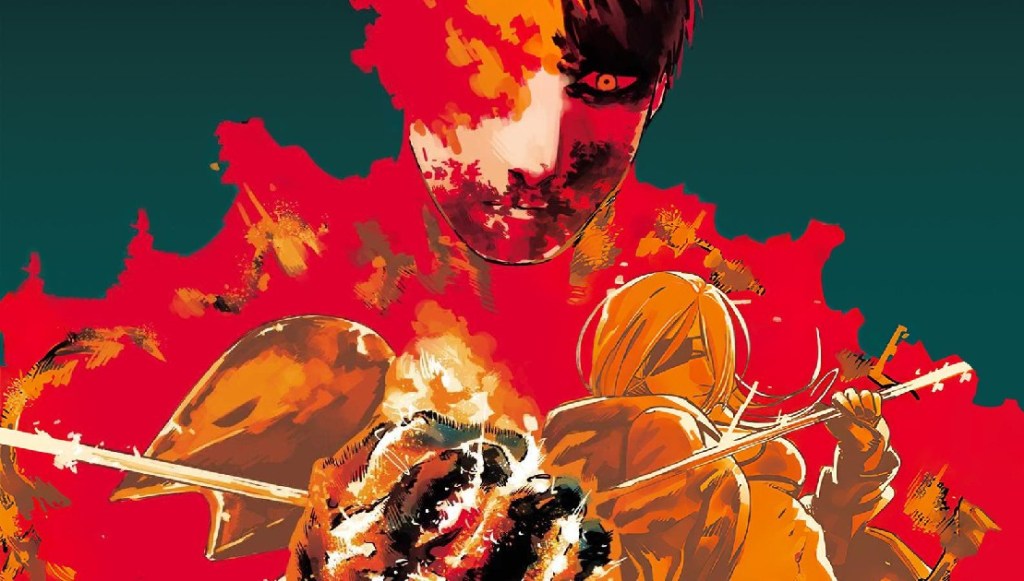
While Chainsaw Man or Look Back might be what people think of when they hear Fujimoto, and while they are certainly artistically brilliant, it was in Fire Punch that he displayed the most Fujimoto-esque art possible. Not only was the action the most violent, but the mangaka’s unique facial expressions and character designs were at their peak in his debut manga.
Fire Punch’s horror and gore were heightened to the nth degree with Fujimoto’s presentation of dark themes in manga format, and it still stands as his best manga artistically, and one of the most unique in general. A really cool aspect of Fire Punch’s art is its ability to seamlessly switch between some of the destructive shows of power that are nothing but exciting to mellow and quiet moments to the point of being unsettlingly still.
9) Houseki no Kuni by Haruko Ichikawa

The depressing yet hopeful fantasy manga, which recently concluded, truly has one of the most unique art styles in manga, and it brilliantly induces the immersive and mysterious environment of the story. Its style can best be described as blending elegance with surreal minimalism. The series plays with a sharp contrast of black and white, with the negative spacing being a big part of what makes the art so pleasing.
Furthermore, Ichikawa utilises symmetry for her environment that simply looks stunning, and the manga is surprisingly really good at body horror, enhancing the grim atmosphere of Houseki no Kuni. Ichikawa’s innovative use of contrast, gradients, and reflective highlights creates a polished and unique aesthetic that perfectly matches the series’ themes.
8) Clover by CLAMP
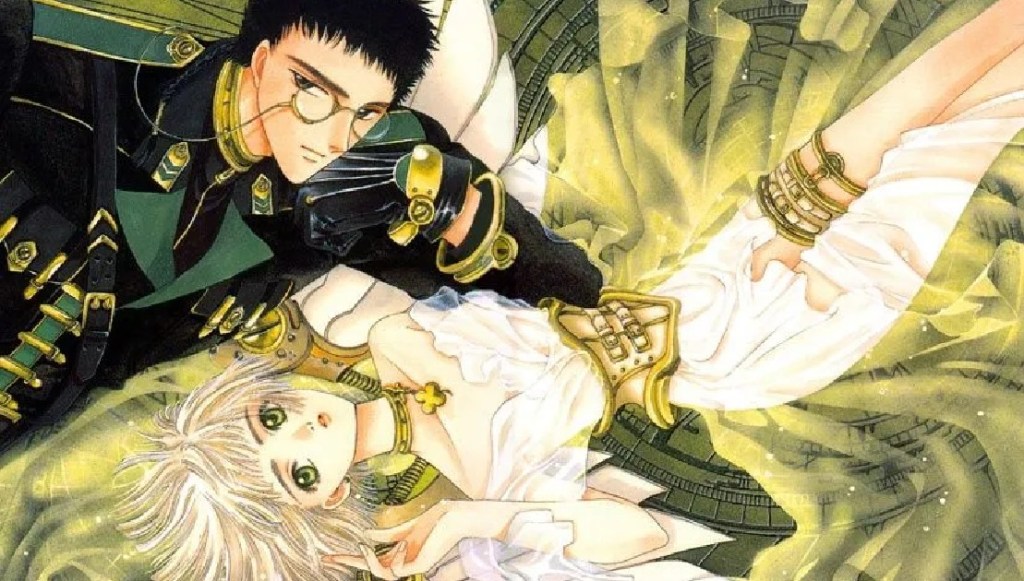
While it is extremely hard to narrow down the manga with CLAMP’s art at its absolute best, the often underrated and somewhat overlooked Clover makes a very strong and compelling argument as to why it truly deserves to be in that important conversation. The legendary and highly influential group demonstrated their incredible artistic prowess and unmistakable signature style in this short yet deeply impactful 4-volume series, delivering some of the most dazzling, breathtaking, and visually powerful presentations seen in their entire body of work.
While it is quite unfortunate and disappointing that the story remains incomplete even after all these years, Clover‘s art remains completely timeless, elegant, and deeply expressive, making it a fantastic entry point and gateway into the big, diverse, and thrilling world of CLAMP manga.
7) BLAME! by Tsutomu Nihei
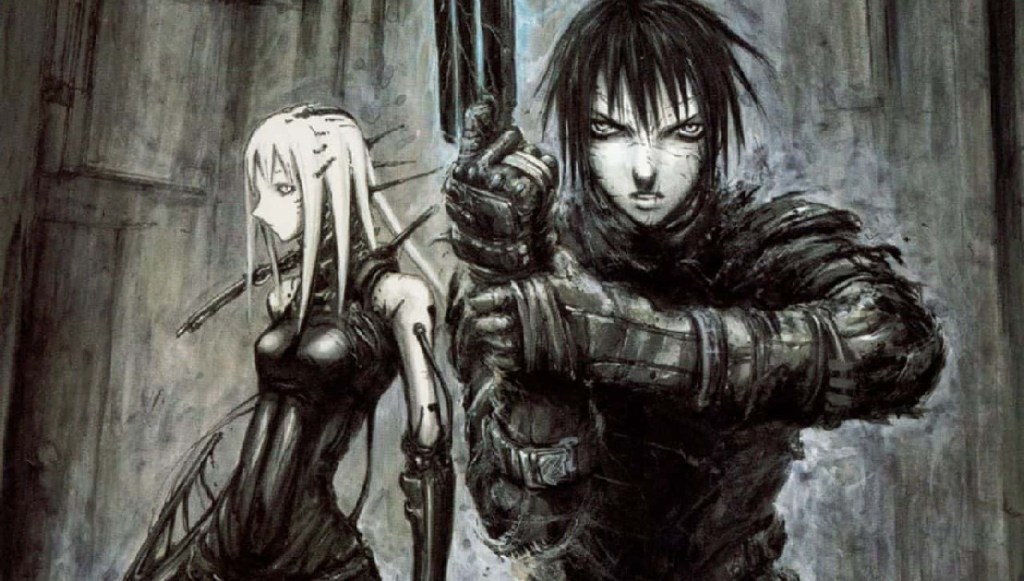
Tsutomu Nihei’s choice to feature as little dialogue as possible in his most famous work, and mainly communicate through his art, makes BLAME! one of the most interesting experiences with manga. The incredibly detailed and dark architecture, which is the bread and butter of the mangaka, as well as the ability to evoke an incredible scale of the environment, is breathtaking.
The designs of the mecha and technology, the sharp and distinct facial features of the characters, and the grotesque character designs are all simply astonishing. The feeling of solitude and eeriness evoked by the combination of a lack of dialogue and grim art makes BLAME! a one-of-a-kind series. Tsutomu Nihei currently has a new manga being published, and it is just as beautiful as his magnum opus.
6) Baki by Keisuke Itagaki
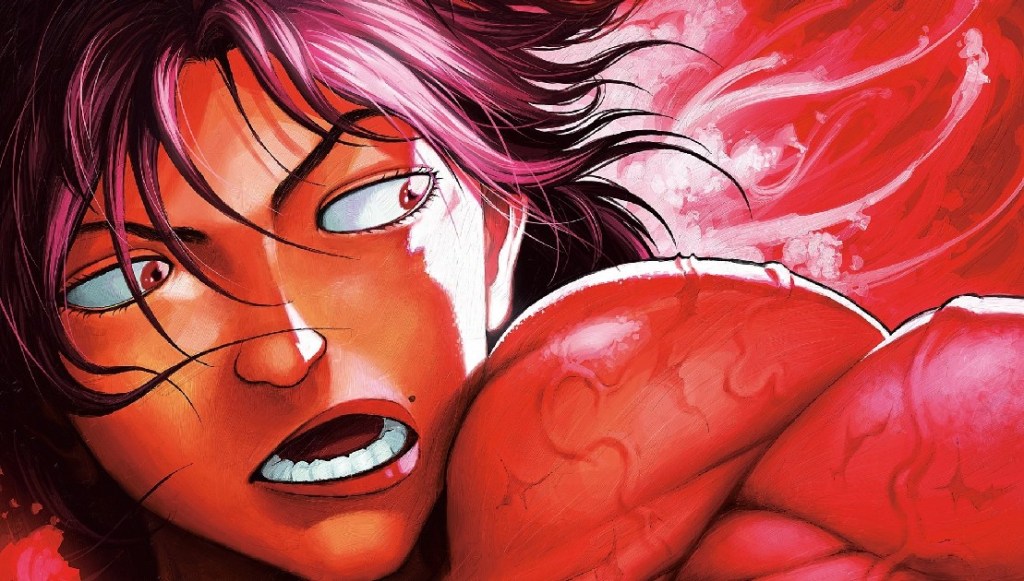
To say that Baki‘s art style is an acquired taste is an understatement, but there is absolutely no denying just how eccentric and wildly over-the-top Itagaki’s pen truly is, lending so much character and personality to the unique and unapologetically outrageous storyline. The exaggerated muscles and anatomy, the hilarious and often meme-worthy facial expressions, the inventive and highly creative panelling, and the absolutely brilliant, jaw-dropping action scenes create a truly unique experience for manga connoisseurs.
Baki’s art possesses such a distinctive flair that is both technically impressive, extremely high-level, and completely one of a kind in the world of manga. Furthermore, Itagaki’s art style does not remain static; it also evolves and improves exponentially between Part One and Son of Ogre, where it reaches its peak and maintains an incredibly high level of consistent quality throughout.
5) Nana by Ai Yazawa
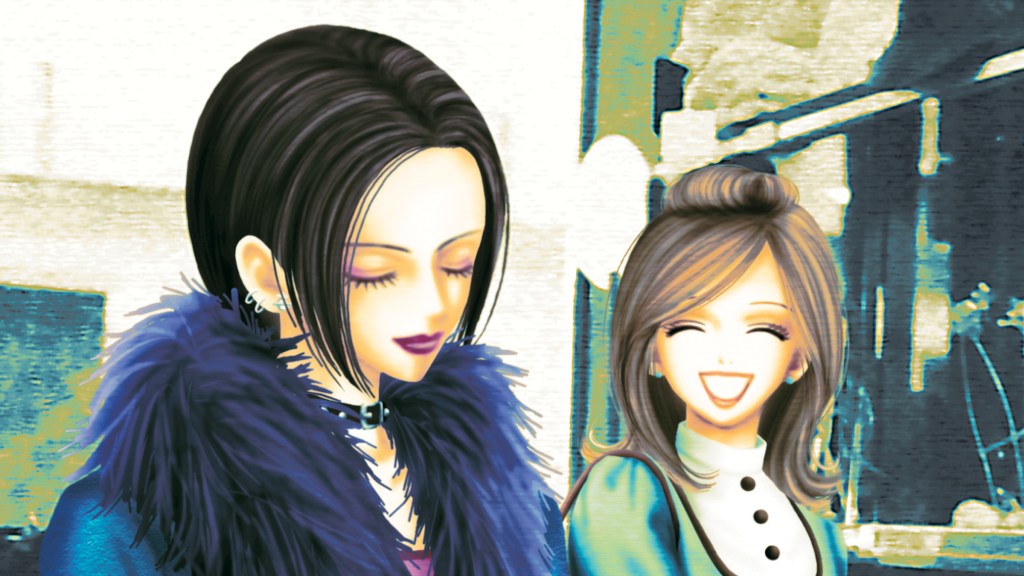
The shojo masterpiece by the brilliant Ai Yazawa is widely regarded as one of the finest examples of stylish and emotionally resonant manga artistry. The manga’s distinct and elegant art style, combined with Yazawa’s incredible sense of presentation and design, makes Nana’s visuals stand out as some of the best in the genre.
The character designs in Nana seamlessly blend high-end fashion with casual looks, while the simple yet powerful facial expressions carry deep emotional weight. Add to that the expert use of black-and-white contrast and unique background tones, and the result is pure visual magic. With Yazawa teasing a comeback and proving her art remains stunning, fans truly have something special to anticipate.
4) Blade of the Immortal by Hiroaki Samura
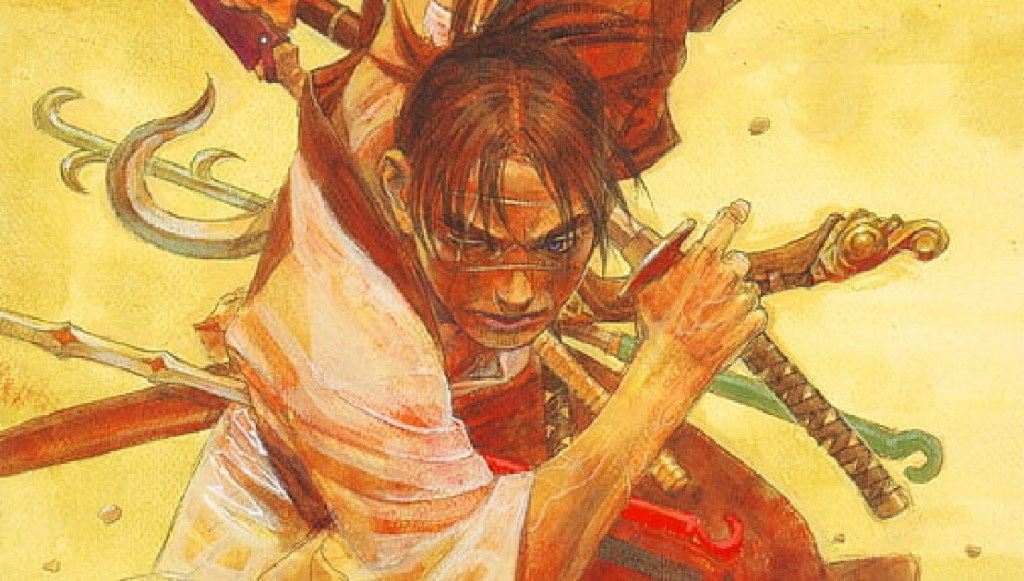
One of the most unique ways of making manga, Hiroaki Samura’s samurai action manga did the unheard of by incorporating highly detailed pencil work into his manga, alongside the normal ink artwork. Furthermore, it is the gold standard for panelling, as the manga’s cinematic composition and layout are still one of the best to this day, and are used as a reference by other manga like Naruto, Jujutsu Kaisen, and Chainsaw Man.
Blade of Immortal is as cool as a manga can get, and with its stylish designs that contrast the era, the beautiful style and pencil art, its art is at its highest. Although the pencil artwork does decrease in frequency later on, due to just how taxing it is, Samura incorporated impactful moments that, in some ways, were some of his best work as a mangaka.
3) Sunny by Taiyo Matsumoto
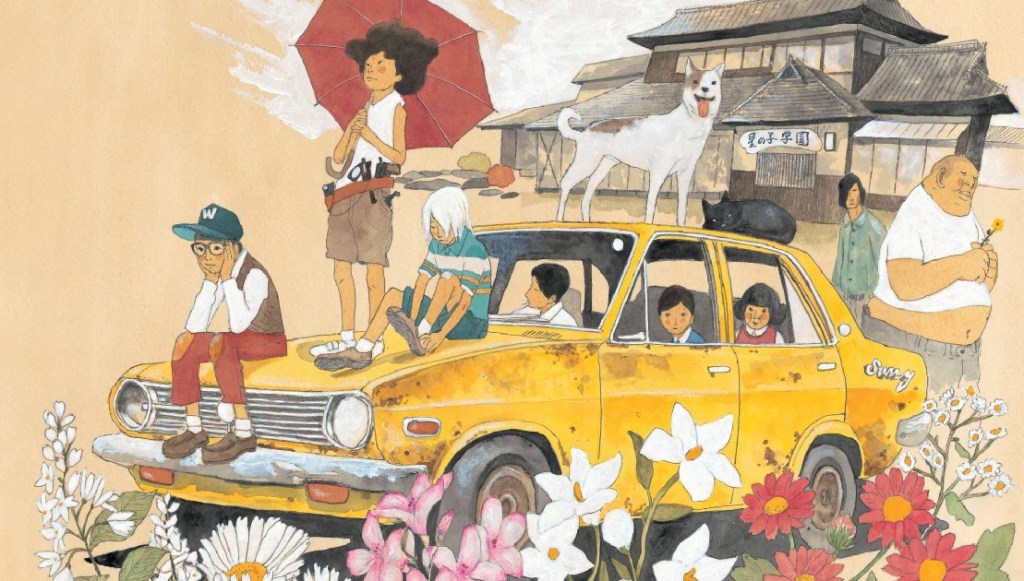
Very few mangaka have mastered the manga medium quite like Taiyo Matsumoto, and his prolific works from Ping Pong to Number 5 prove he’s up there with the best of the best. While some might be put off by the simplistic art style and the often wiggly line art, it is all deliberate and speaks to Matsumoto’s incredible artistic ability to make it work and charming.
Matsumoto’s brilliance in composition and action, and utilising the nuances of manga to its fullest, makes his manga ethereal to read. All his manga are beautiful, but Sunny is especially amazing and stands out among his excellent portfolio of stories. The colored art is extremely gorgeous, and evokes such feelings of warmth that are hard to find elsewhere.
2) Berserk by Kentaro Miura
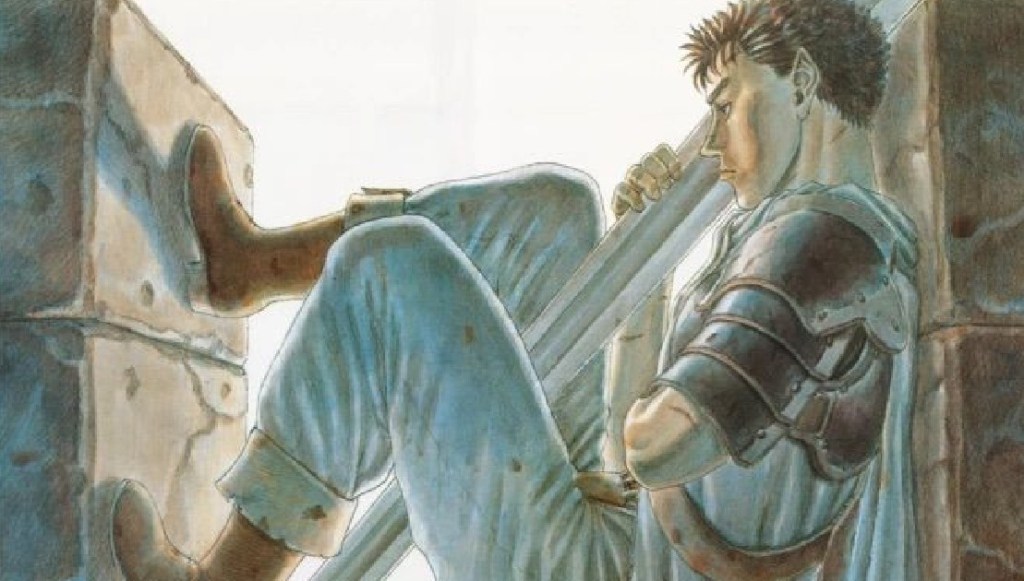
No surprise seeing Berserk being mentioned when speaking of the best art in manga, but even now, fans still do not give it the full and proper praise it truly deserves. The series is so much more than just incredibly detailed panels and meticulously crafted backgrounds. Miura’s masterful sense of presentation—something he honed from studying classic shojo manga—gives Berserk a strangely beautiful and almost elegant tint despite how dark, violent, and gruesome its world really is.
The fluid variation in line weight, the heavy and dramatic use of shadows, the breathtaking double-page spreads Miura provides in abundance, and countless other visual elements all combine to make Berserk one of the best-drawn comics in history, without question. The Falcon of the Millennium Empire arc is especially the manga’s peak when it comes to art, and to this day, there is nothing quite like Griffith’s final stand against Ganishka in the capital.
1) Vagabond by Takehiko Inoue

Vagabond has it all: an extremely gorgeous art style, an out-of-this-world level of presentation, highly detailed backgrounds, masterful panelling and layout, and amazing action. Inoue’s decision to use brushes instead of the usual pen for Vagabond makes it even more unique, as the brush work in the manga enhances the fluidity of the clothing, hair, scenery, and more.
The incredible level of detail and passion that went into this, and Inoue’s intent to make it as perfect as possible, led to his burnout and the eventual hiatus of the manga. It truly shows, as nowhere is Inoue’s love for Vagabond more apparent than in the art.
What standout manga and manga artists do you especially love from this list, and would you add anyone not featured above? Let us know in the comments below!



